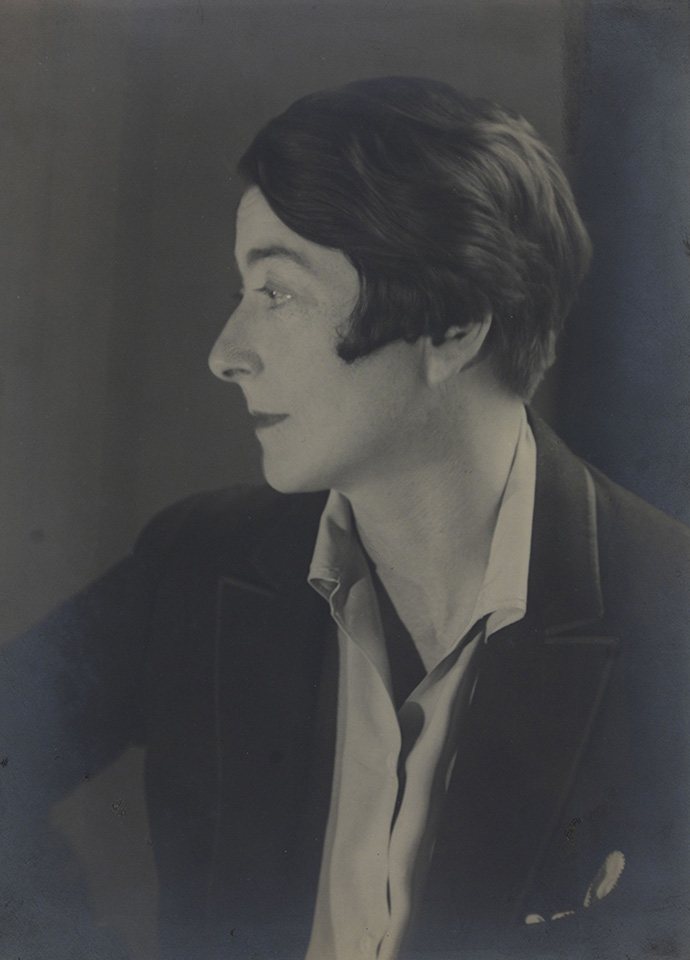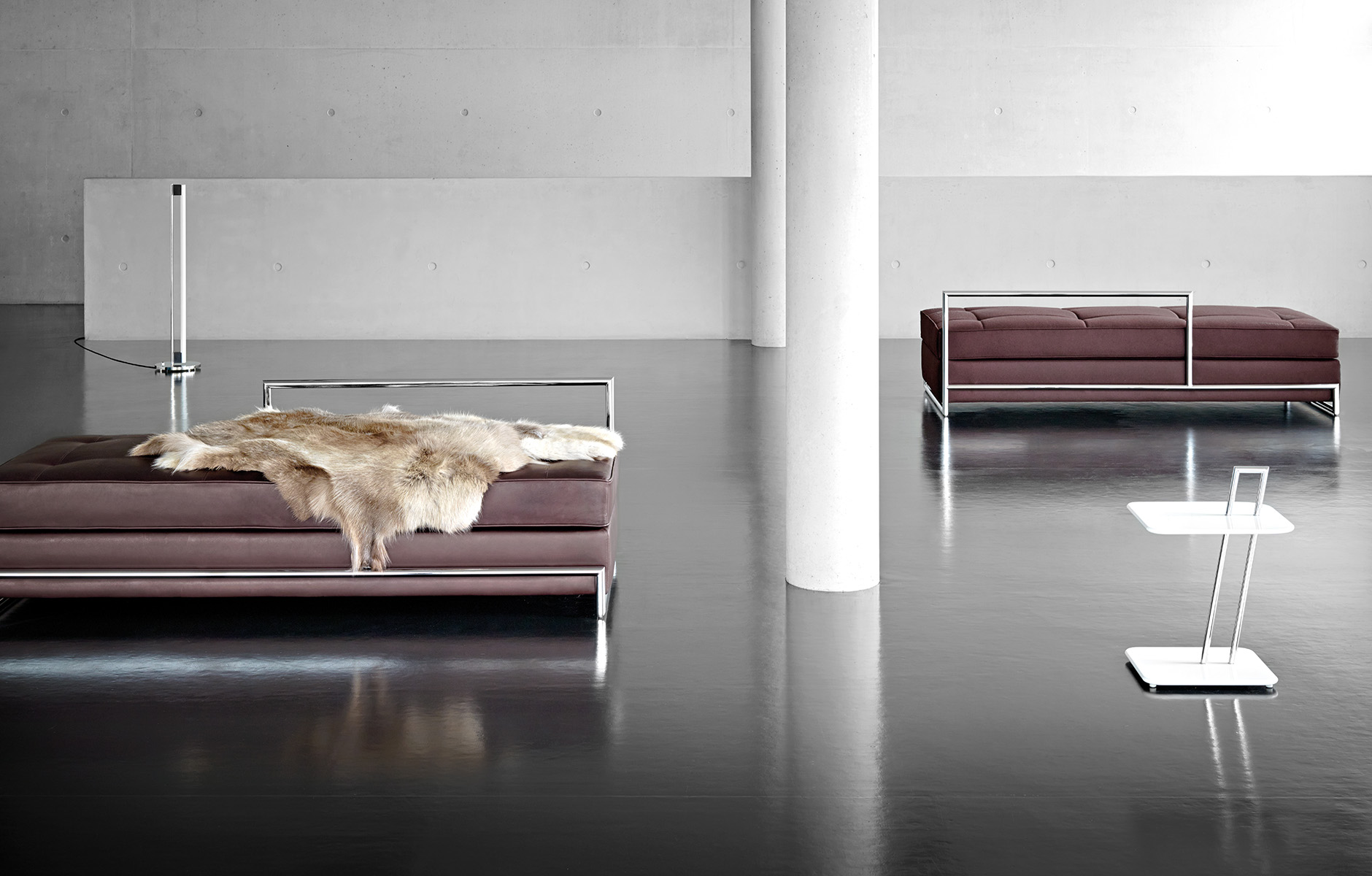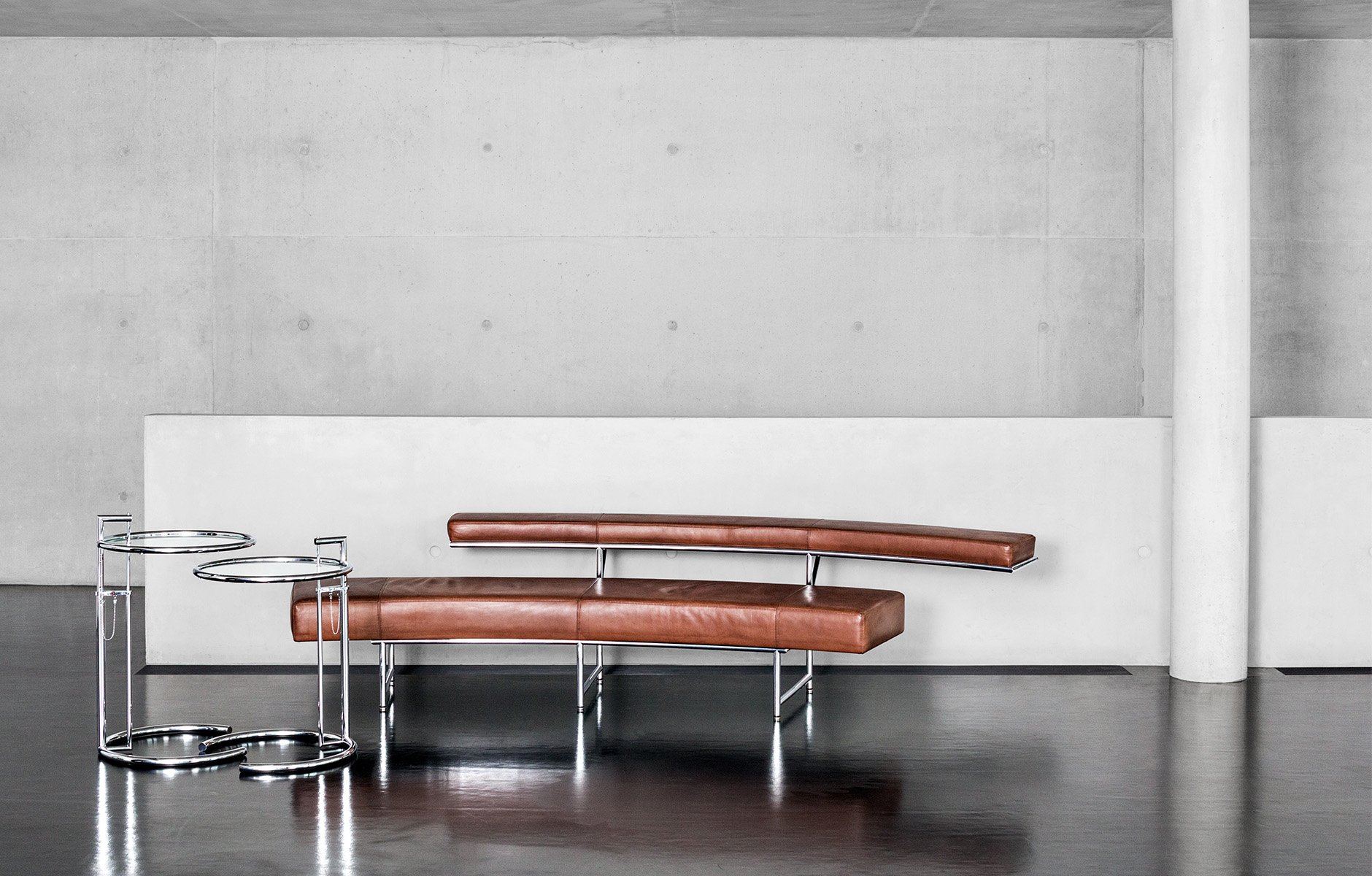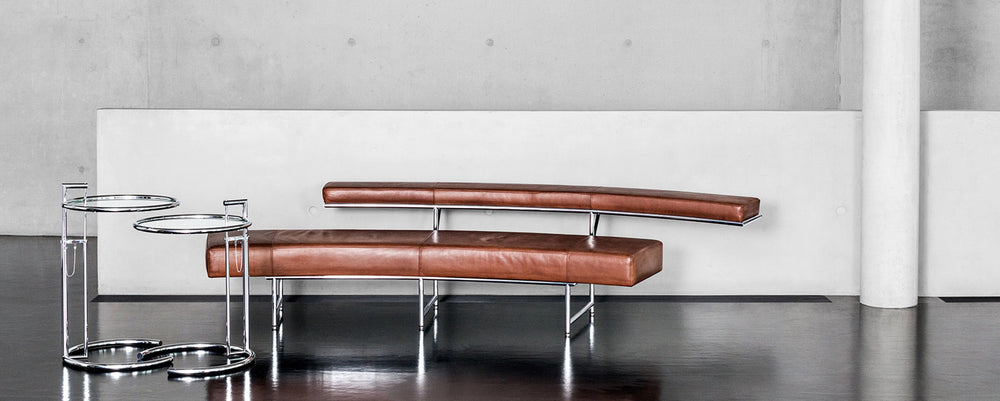
A contemporary of Le Corbusier, Eileen Gray was a painter, photographer, designer and self-taught architect who moved to Paris in 1917 and became known for an avant-garde approach to furniture and architecture, and a thoroughly modern view that design should lead to ‘a complete harmonious, and logical life’.
The designer Eileen Gray studied fine arts at the Slade School in London where the Irish born aristocrat met furniture restorer Dean Charles whose skills with lacquerware would inspire Gray’s foray into furniture and a traineeship with Japanese artisan Seizo Sugawara in Paris. It was there amongst Paris's elite including Elsa Schiaparelli and James Joyce, that Gray would launch her career designing the interior of heiress Juliette Lévy’s Rue de Lota apartment. Published in Harper’s Bazaar magazine, it featured the now famous Bibendum Chair and Pirogue Daybed and would exhibit Gray’s thoroughly modern view that design was an all encompassing vocation that should lead to ‘a complete harmonious, and logical life’.
In 1926 Gray would expand her creative practice into architecture, designing a white, modernist villa on the Côte d'Azur known as E-1027 for herself and partner French architect and editor of the avant-garde architecture magazine L'Architecture Vivante, Jean Badovici. While her furniture designs shifted the status quo by using industrially coded materials, for example chrome, with highlights including the iconic adjustable Table E-1027, the expandable Lou Per Table, and the Non Conformist Armchair with its one armrest, the other omitted by Gray ’in order to leave the body more freedom in movement and to allow it to bend forward or to turn to the other side unrestricted,' Gray’s architecture integrated site specific furniture, thoughtful details like hidden storage so everyone could 'remain free and independent' in a minimum amount of space, and passive design focusing on airflow, natural light and landscape.
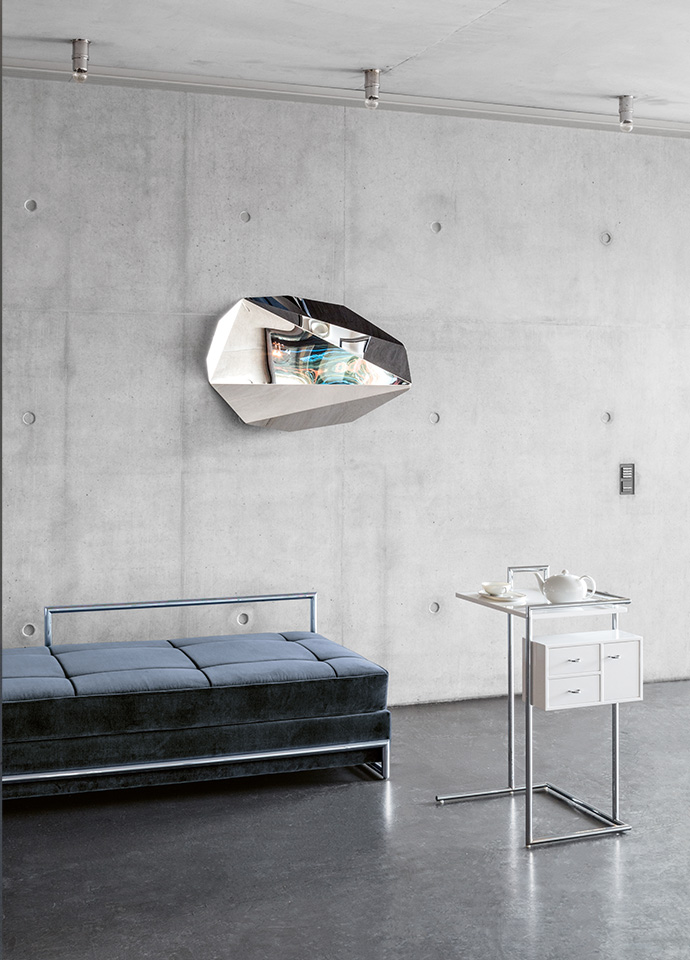
The Day Bed designed by Eileen Gray in 1925 and the Coiffuse table designed in 1926, with the Piega Mirror Object Small by Victoria Wilmotte, all manufactured by ClassiCon. Photo c/o ClassiCon.

The Bibendum Armchair designed by Eileen Gray in 1926, and the Adjustable Table E-1027 designed for Gray's Côte d'Azur villa in 1927, with the Selene Pendent Lamp designed by Sandra Lindner, all manufactured by ClassiCon. Photo c/o ClassiCon.
Working at a time of considerable cultural and social change, Eileen Gray was a fearless trailblazer whose skills as an artist, designer and self-taught architect were celebrated by magazines and avant-garde critics in the 1920s, before the attention on her work stopped. Gray would disappear from the media and intellectual circles until writer Joseph Rykwert penned the article ‘Eileen Gray: the pioneer’ for the influential Italian magazine Domus in December, 1968. The article would herald a renewed focus on the designer who he described as a ‘remarkably humane and sensitive artist who has had the courage and the force to break new ground’. The story’s far reaching impact would be pivotal in ensuring Eileen Gray was reappraised as one of the modern movement’s important designers. It would also lead to the rescue of many of Gray’s earlier works (fortuitously, her Dragons Armchair which is currently the world’s most expensive chair), and would connect her to the manufacturers of Europe, including Italian group ClassiCon who have put more than 30 of her designs – chairs, tables, lights, screens and rugs, into production.
Now in the spotlight once again, Eileen Gray was the focus of the film ‘Gray Matters’ directed by documentary filmmaker Marco Orsini that followed two pivotal shows: the hugely successful solo exhibition at the Centre Pompidou in Paris in 2013 that drew a crowd of more than one hundred thousand, and Dublin’s Irish Museum of Modern Art's 'Eileen Gray: Architect Designer Painter' (both shows extended due to a huge response), and most recently influencing the fall winter 2023 collection of fashion designer Gabriella Hearst whose punchy prints were inspired by Gray’s ‘wanderlust spirit’.
ClassiCon is available exclusively in South East Asia from Space – Singapore and Malaysia.
